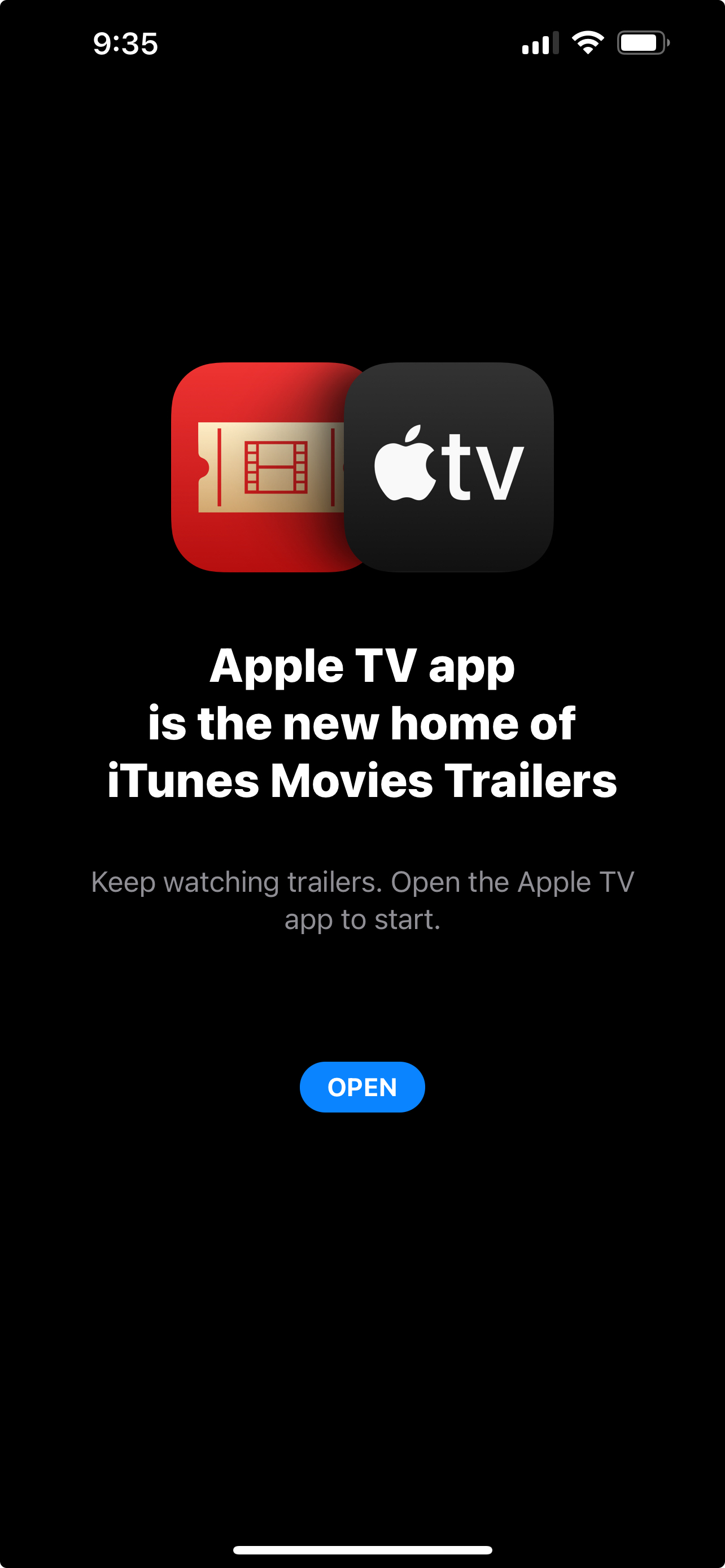Despite experiencing steady growth over the past few years, especially with the upheaval of Twitter, Mastodon has struggled to fully welcome the influx of users from other communities and has not made significant technical improvements to enhance the new user experience. It wasn’t originally designed for rapid expansion, which is understandable, but many users, including myself, had hoped it would become a vibrant and safe hub for diverse people, ideas, memes, and news.
Adhere to Our Standards
New Mastodon users often encounter what I liken to a “Home Owners Association” of the platform—overzealous members who enforce their own etiquette, from demanding alt text on images to issuing content warnings. This group, although not the majority, can create an unwelcoming atmosphere, reminiscent of high school cliques, which can be off-putting for those looking to find their community.
Feature Limitations
Mastodon’s design makes it difficult to find people you know, with search functionality limited to your own instance and only a small percentage of users opting into ‘full text search’. Just 4.22% as of Dec 2023. There’s no general user search outside of what Google can index, and any attempt to enhance search capabilities, such as the Ex-Searchtodon experiment, often meets with community backlash. Additionally, features like quote posts and markdown formatting are not supported, as they are seen as tools for negative behavior. While alternative Mastodon forks offer these features, they are not easily accessible to the average social media user.
Looking Forward
The shift from closed social platforms to an open web has been gradual, and we’re just beginning to see the potential. For further progress, we need an open platform like Mastodon but with more flexibility, customization, and better integration. Features like quote posting, markdown, auto-generated hashtags, and more should be readily available, similar to how Wordpress.com allows users to easily add functionality through plugins without technical expertise. The future should allow for such extensibility in social platforms, making them accessible to everyone without the need for technical know-how like server setup or forking code repositories.

